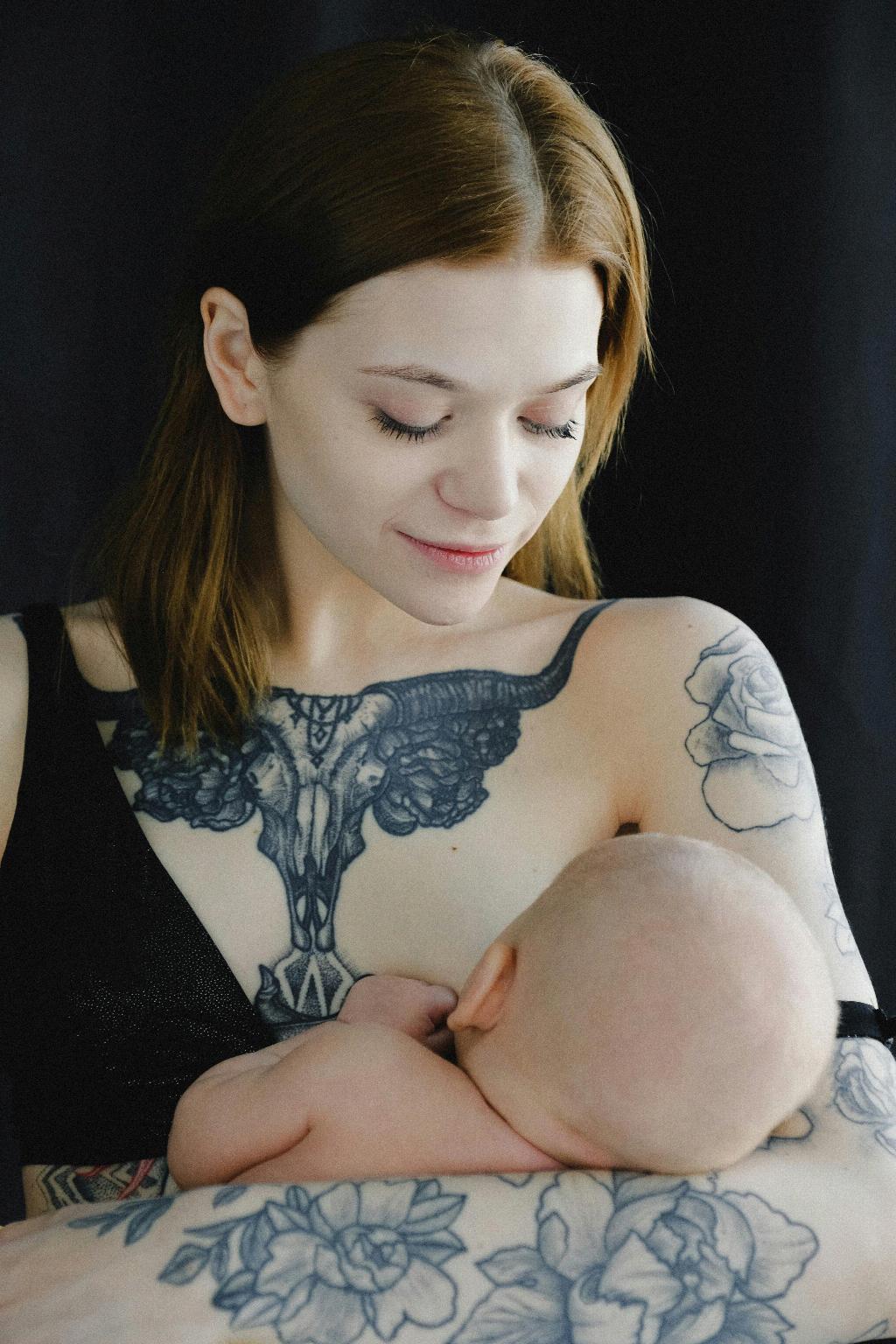As a new parent, one of the most common concerns during breastfeeding is the various noises your baby may make. It can be disconcerting to hear your baby making sounds while nursing, but many of these noises are completely normal and are often an indication of how the feeding session is going.
Gulping Sounds: A Sign of Efficient Feeding
It is not uncommon to hear your baby gulping while breastfeeding, especially if you have a plentiful milk supply. Gulping noises typically indicate that your baby is effectively extracting milk and getting the nourishment they need. This is a positive sign of efficient feeding.
Clicking or Smacking Sounds: Adjusting Latch
On the other hand, clicking or smacking sounds during breastfeeding may be a sign that your baby is not latched correctly. An improper latch can result in air being swallowed, leading to discomfort for both the baby and potential decreased milk supply for the mother. If you notice these noises, it may be helpful to reposition your baby and ensure a proper latch.
Reassuring Signs of Effective Nursing
One reassuring sign that your baby is nursing efficiently is the appearance of your nipple after the feeding session. A rounded nipple shape, rather than a flattened appearance, indicates that your baby has effectively emptied the breast. Additionally, if you find it challenging to gently slide your baby off the breast at the end of the feeding, it suggests a strong latch and thorough feeding session.
Monitoring Your Baby’s Feeding Cues
Being attuned to your baby’s feeding cues is crucial in ensuring a successful breastfeeding session. Paying attention to their swallowing patterns, sucking rhythm, and overall comfort can help you gauge how well the feeding is progressing and address any concerns that may arise during the process.
Seeking Professional Support
If you continue to have concerns about the noises your baby makes while breastfeeding or suspect there may be underlying issues with latching or milk transfer, do not hesitate to seek support from a lactation consultant or healthcare provider. They can offer guidance, support, and practical tips to help you and your baby establish successful breastfeeding.
Creating a Comfortable Feeding Environment
Creating a comfortable and calm environment for breastfeeding can also facilitate better feeding experiences for both you and your baby. Dimming lights, playing soothing music, and finding a comfortable feeding position can help reduce distractions and promote effective nursing sessions.
Establishing a Routine
Establishing a consistent feeding routine can also help your baby feel secure and anticipate feeding times. By following your baby’s cues and offering the breast when they show signs of hunger, you can create a predictable schedule that supports healthy feeding habits and bonding between you and your little one.
Enjoying the Bonding ExperienceWhile it’s important to address any concerns related to breastfeeding noises, it’s also essential to embrace the bonding experience that breastfeeding offers. The intimate moments shared during nursing provide not just nourishment, but also comfort, security, and emotional connection between you and your baby.
Conclusion
In conclusion, the noises your baby makes while breastfeeding can convey valuable information about their feeding process. From gulping sounds indicating efficient milk transfer to clicking noises signaling latch adjustment, being attentive to these cues can help you navigate the breastfeeding journey with confidence and support your baby’s optimal growth and development.

